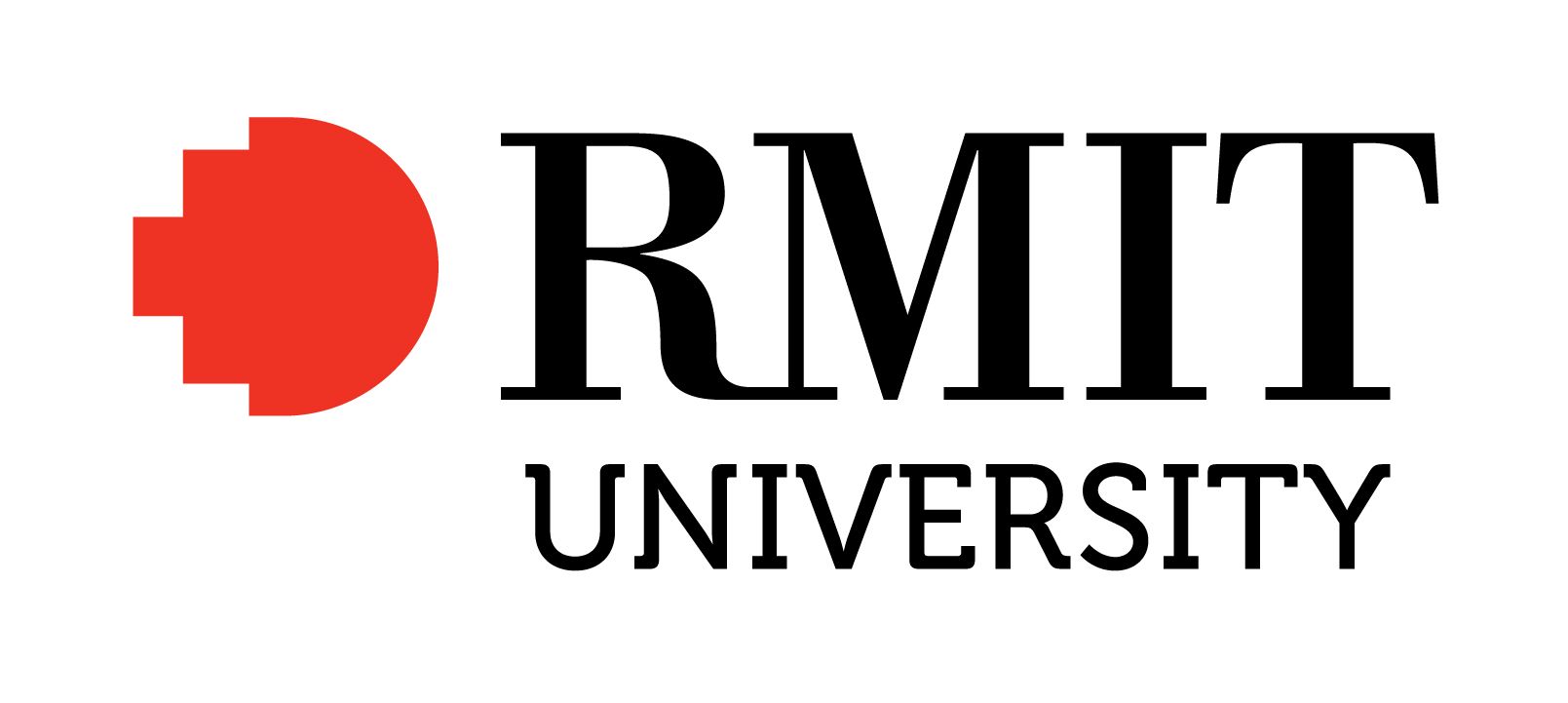Full description
Background
This research investigates the intersection of additive manufacturing, material processes, and geological formations to develop new architectural tectonics. It builds upon existing research in computational design (Menges, 2012), and digital fabrication (Gramazio & Kohler, 2008), as well as Roland Snooks' previous explorations of algorithmic design and robotic fabrication, extending discussions on the formal and structural potentials of 3D printing in architectural applications. Geological Bodies engages with geological processes such as sedimentation, deposition, and differential erosion as conceptual and material frameworks for architecture. The research asks: How can geological processes of formation inform novel architectural tectonics through additive manufacturing?
Contribution
Geological Bodies is a 2:1 scale detail study that explores the relationship between surface, figure, and material formation. Developed by Roland Snooks, Laura Harper, Marc Gibson, and Alan Kim, the prototype utilizes 3D printed sandstone to fabricate both the structural base and moulds used to cast intricate bronze inlays. The project investigates how additive manufacturing can replicate and reinterpret geological processes—such as sedimentary deposition and magma intrusion—to generate new formal and material languages. By incorporating differential erosion as a generative principle, the prototype reveals an embedded tectonic logic, where one material gradually emerges from within another. This approach contributes to ongoing research in material-driven design and computational fabrication, expanding the possibilities for integrating natural material behaviors into digital construction methods.
Significance
Geological Bodies was exhibited at the National Museum of Australia as part of the Material World exhibition (2023–2024), demonstrating its relevance to contemporary discussions on materiality and fabrication. The project advances architectural knowledge by proposing a new method for combining additive manufacturing with traditional casting techniques, offering insights into multi-material construction processes. The exhibition contextualizes the work within a broader discourse on the future of material systems in architecture. As a prototype, Geological Bodies presents a scalable and experimental framework for future applications in architectural tectonics, influencing both academic research and industry practice in digital fabrication.
Issued: 2023-04-27
Created: 2025-08-19
User Contributed Tags
Login to tag this record with meaningful keywords to make it easier to discover
- DOI : 10.25439/RMT.28605818



